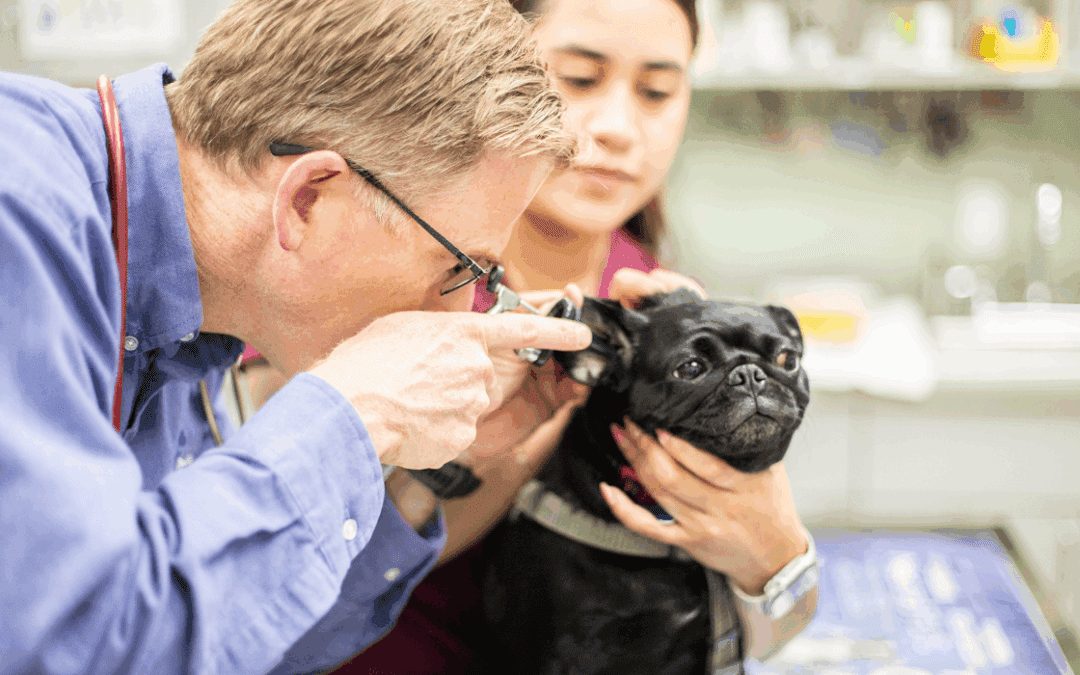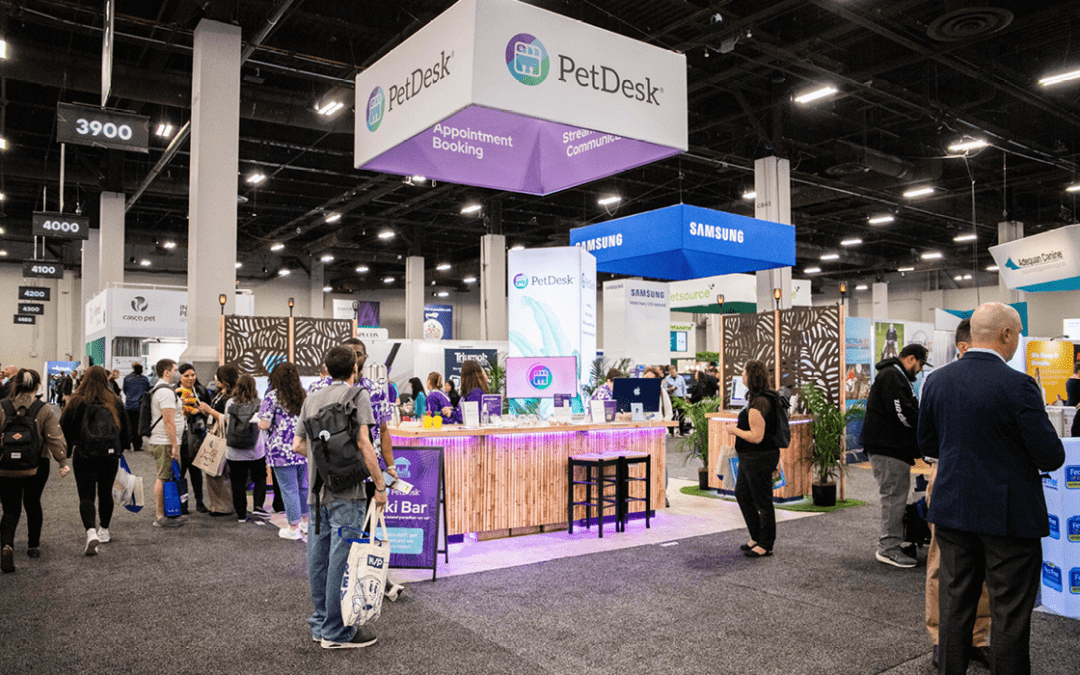The veterinary industry has undergone multiple significant advancements in recent years by integrating innovative technologies to improve patient care and overall practice efficiency. However, the effects of some of these advancements are worth exploring further.
This post focuses on tech’s impact on employee satisfaction while highlighting specific examples. We will explore how tech has streamlined job processes, potential challenges associated with implementation, and variations in employee satisfaction levels between practices that have embraced it and those that have not.
1. How has the adoption of veterinary technology influenced employee satisfaction?
a. Enhanced Efficiency and Time Management: Electronic medical records and scheduling systems have streamlined administrative tasks, allowing employees to dedicate more time to providing quality care. The reduction in paperwork and automated processes alleviates the burden on employees, leading to improved employee satisfaction and better work-life balance.
b. Improved Diagnostic Accuracy: Advanced imaging technologies, such as digital radiography and ultrasound, enable veterinarians to diagnose conditions more accurately and efficiently. This development doesn’t only improve patient care, but also affects employee satisfaction by boosting confidence in their diagnostic abilities.
c. Access to Comprehensive Information: Veterinary software solutions provide quick access to patient histories, lab results, and treatment plans. This centralized information hub allows veterinary professionals to make informed decisions promptly, leading to better patient outcomes, thus improving workplace morale.
2. What are some specific examples of veterinary technologies that have improved employee satisfaction in veterinary clinics or hospitals?
a. Telemedicine and Remote Consultations: Through telemedicine platforms, veterinary professionals can connect with clients remotely, allowing for more efficient consultations and, more importantly, reducing the need for in-person visits. This enhances client communication and provides flexibility and improved work-life balance for veterinarians.
b. Digital Monitoring Systems: Devices like wearable trackers and remote monitoring systems enable real-time tracking of patients’ vital signs and behaviors. This tech provides veterinary professionals with valuable insights, enabling them to make timely interventions and improve patient well-being.
c. Automated Pharmacy and Inventory Systems: Automated systems for managing pharmaceuticals and inventory are designed to reduce human error and streamline the ordering and dispensing process. They reduce employee frustration related to inventory management and ensure the availability of necessary supplies.
3. In what ways has veterinary technology enhanced job processes?
a. Streamlined Patient Record-Keeping: Electronic medical record systems have eliminated the need for manual record-keeping, reducing paperwork and providing instant access to patient information. This streamlining allows veterinary professionals to focus on patient care and fosters a more organized work environment, boosting employee satisfaction.
b. Efficient Communication and Collaboration: Digital communication tools, such as secure messaging platforms and virtual meeting software, facilitate quick and effective communication among veterinary team members and clients. This ensures smoother workflows and reduces misunderstandings.
c. Simplified Billing and Payment Processes: Veterinary software solutions often include integrated billing and payment modules, simplifying the financial aspects of the practice. Automated invoicing and online payment options reduce administrative burdens and enhance the overall billing experience for employees and clients.
See what PetDesk makes possible
Our solutions are designed to tackle your clinic’s specific challenges.
Set up time with a PetDesk expert to see for yourself!
4. What are the potential challenges or drawbacks associated with the implementation of new technology in veterinary practices, and how might they impact employee satisfaction?
a. Learning Curve and Training: Introducing new technologies often requires employees to adapt to unfamiliar systems, which can lead to initial frustrations and a learning curve. Adequate training and support are crucial to mitigating these challenges and ensuring employees feel confident and supported during the transition.
b. Technical Issues and Downtime: Technological disruptions or system failures can impede workflows and lead to downtime. This can cause frustration and stress among employees, highlighting the importance of reliable technical support and contingency plans to minimize such interruptions.
c. Resistance to Change: Some employees may resist or be hesitant to embrace new technologies, which can hinder adoption. Effective change management strategies and open communication are essential to address concerns and encourage employee buy-in.
5. How do employee satisfaction levels vary between veterinary practices that fully embrace veterinary technology and those that do not?
This is clear by now – veterinary practices that fully embrace technology experience enhanced workflow efficiency, reduced administrative burdens, and streamlined processes. This optimized work environment fosters employee satisfaction, as professionals can focus more on providing quality care to patients. Technology adoption allows for flexible scheduling, remote consultations, and improved time management – all fostering a healthy work-life balance. Access to advanced resources, such as cutting-edge diagnostic tools and software solutions, empowers employees, enhancing their skills, and fostering professional growth.
Although some challenges may arise during implementation, effective training, technical support, and change management strategies can overcome these hurdles.
As veterinary technology continues to evolve, its positive influence will only grow, leading to better patient care and a more fulfilling work environment for veterinary professionals.
About PetDesk Phones:
PetDesk Phones is the most comprehensive veterinary-specific PIMS-integrated phone system available on the market. PetDesk connects your phone system to your practice management software to extract important client and pet information automatically. No more wondering who’s calling or who their pets are. You already know. You’ll also know the pet’s gender, species and spay or neuter status, last and next appointment, if any, and many more data points of your choosing. Armed with all this info upfront, imagine how drastically you can reduce the duration of every call.
The Impact of Veterinary Technology on Employee Satisfaction FAQs
See the power of PetDesk for yourself—for free
Save time and grow your business with custom websites and digital marketing, 24/7 error-free booking, a PIMS-VoIP phone system, plus a client engagement platform with a mobile app.






